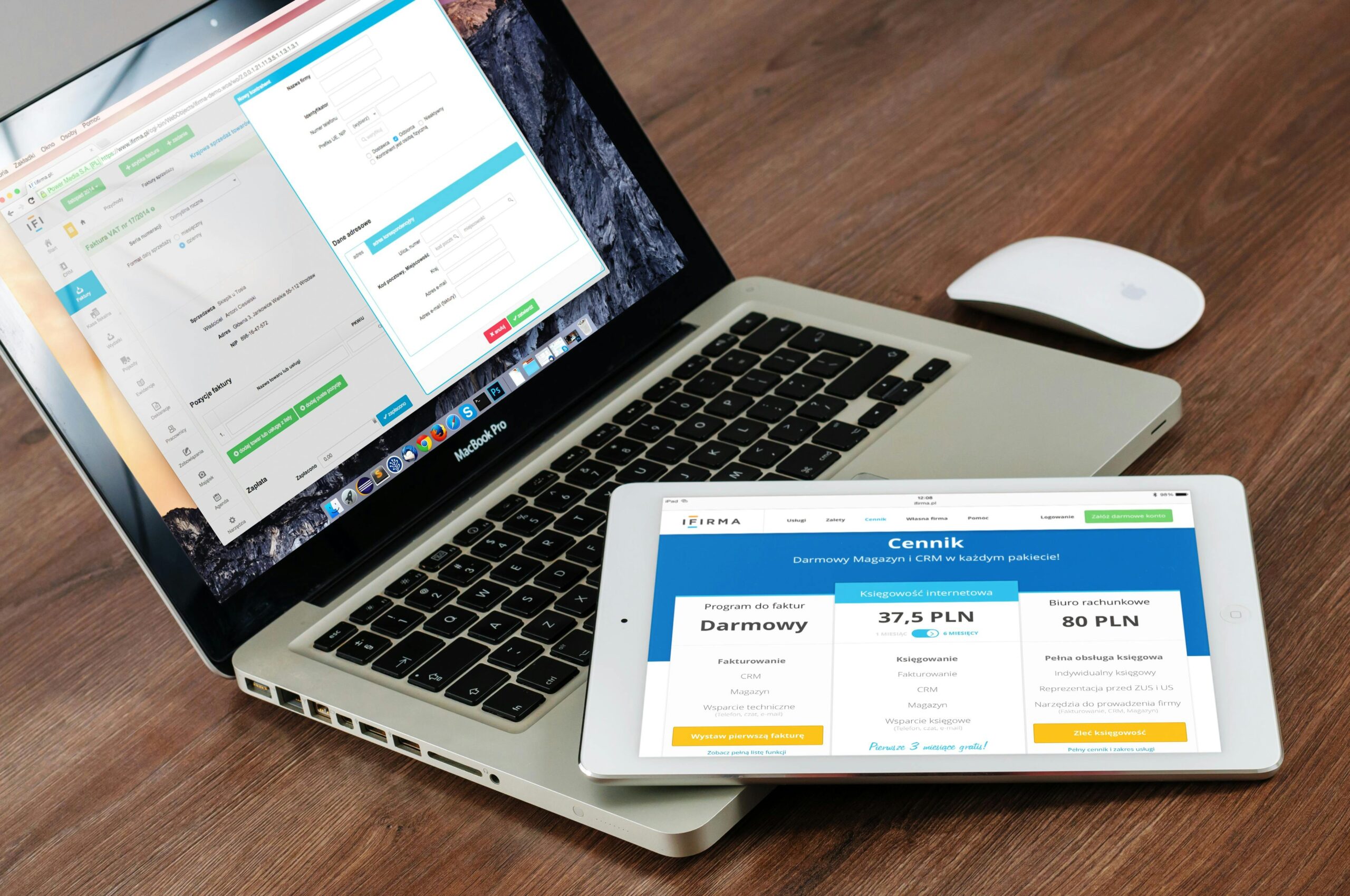Your ecommerce website is often the first and only chance to grab a visitor’s attention. If your design doesn’t deliver a great user experience, customers won’t stay long, and they definitely won’t buy.
In 2025, ecommerce website design has become more dynamic, more intelligent, and more personalized than ever. With mobile usage dominating and AI powering user interactions, businesses must stay updated to remain competitive.
This guide explores:
- Why ecommerce website design matters in 2025
- Key features of high-converting ecommerce websites
- Trending design elements
- Real examples from top brands
- Actionable tips for improving your site
Let’s dive in.
key elements of a high-converting ecommerce website
A high-converting ecommerce website doesn’t just look good—it’s designed to guide users smoothly from browsing to buying. Here are the essential elements that help turn visitors into loyal customers in 2025:
Clean and Intuitive Layout
Your site should be easy to navigate with clear menus, a logical product structure, and minimal distractions. Shoppers should be able to find what they’re looking for in 2–3 clicks.
Fast Loading Speed
Pages should load in under 3 seconds. Slow websites lose both traffic and sales. Tools like Google PageSpeed Insights can help you test and improve speed.
Mobile-First Design
With most traffic coming from phones, your site must be fully responsive—thumb-friendly buttons, scalable images, and fast mobile load times are a must.
High-Quality Product Photos & Descriptions
Use multiple images per product, including zoom and 360° views. Pair this with clear, SEO-rich descriptions that answer customer questions.
Trust Signals
Include product reviews, trust badges (like “Secure Checkout”), return policies, and customer testimonials to build credibility.
Seamless Checkout Experience
Offer guest checkout, auto-fill forms, multiple payment options, and a progress bar. The fewer steps, the better.
Smart Search and Filters
Help users find products faster with live search suggestions and easy filtering (by price, color, category, etc.).
Personalization Features
Use AI to suggest products based on browsing or purchase history. Personalized homepages and email recommendations boost repeat visits.
Analytics and A/B Testing
Track what users click, where they drop off, and run A/B tests to improve layout, images, and CTAs continuously.
Why Ecommerce Website Design Matters in 2025
A good ecommerce website doesn’t just look great—it builds trust, boosts sales, and keeps users coming back.
Mobile-First and Cross-Device Experience
More than 70% of ecommerce traffic comes from mobile devices in 2025. Your website must be fully responsive, offering a seamless experience from smartphones to tablets and desktops.
High Expectations from Users
Customers expect fast loading times, personalized content, clean design, and easy navigation. Anything less results in higher bounce rates.
3Design Impacts Conversion Rates
A well-designed site can improve conversion rates by up to 30%, according to Shopify analytics. Design directly influences user trust and buying behavior.
Brand Identity Starts with Visuals
Your colors, fonts, and layout shape how people perceive your brand. A strong visual identity builds emotional connection and loyalty.
Top Ecommerce Website Design Trends in 2025
- AI-Powered Personalization: Product recommendations, smart search, and AI-based layout suggestions.
- Voice & Visual Search: Users can upload images or use voice commands to find products.
- AR/VR Try-Ons: Perfect for fashion and home decor. Try-before-you-buy tools boost buyer confidence.
- Minimalist Aesthetics with Bold Typography: Cleaner layouts with large fonts and dynamic color transitions.
- Sustainable Design Focus: Green badges, eco-friendly storytelling, and transparent supply chains.
- Dark Mode & Customizable Themes: Let users switch viewing modes or personalize their experience.
Best Ecommerce Website Design Examples (2025)
Example 1: ASOS (Fashion Brand with AR Try-On)
- Features: AR fitting room, personalized homepage, user-generated content
- Strength: High engagement and product visualization
Example 2: TransparentTech (Minimalist Electronics Site)
- Features: Clean layout, 1-click checkout, dark mode
- Strength: Focuses on product benefits without clutter
Example 3: GreenLoop (Eco-Brand with Storytelling)
- Features: Mission-driven homepage, sustainability scores, blog integration
- Strength: Builds emotional connection with eco-conscious shoppers
Tips to Improve Your Ecommerce Website Design
- Use High-Quality Visuals: Avoid blurry or generic stock photos.
- Limit Distractions: Keep popups and banners minimal.
- Prominent Call-to-Actions: Make “Add to Cart” and “Buy Now” buttons stand out.
- Add UGC (User-Generated Content): Feature customer photos and reviews.
- Use Micro-Interactions: Hover effects, loading animations, and dynamic feedback improve UX.
- Chatbot Placement: Don’t overwhelm users—trigger bots based on behavior.
Ecommerce Platform Design Capabilities in 2025
| Platform | Design Flexibility | Mobile Optimization | Built-in SEO | Best For |
|---|---|---|---|---|
| Shopify | High (themes + code) | Excellent | Strong | DTC brands & quick scaling |
| WooCommerce | Very High (open-source) | Varies (theme-dependent) | Strong | Full control, WordPress users |
| BigCommerce | Moderate | Excellent | Good | B2B + enterprise ecommerce |
Common Ecommerce Website Design Mistakes to Avoid
- Cluttered homepage with too many calls-to-action
- Poor mobile layouts or slow load times
- Complicated checkout processes
- Weak product pages with little detail
- Ignoring image compression or basic SEO
Ecommerce Website Optimization Tools
- Design Tools: Canva, Figma, Adobe XD
- Speed Optimization: Google PageSpeed Insights, GTmetrix
- A/B Testing: Optimizely, VWO
- UX Analysis: Hotjar, Crazy Egg (for heatmaps and behavior tracking)
Future-Proofing Your Ecommerce Website
- Embrace New Tech: Prepare for Web3 payments and blockchain-based loyalty programs.
- Stay Legal & Accessible: Ensure ADA and GDPR compliance.
- Scalable Design Systems: Use reusable design components for easy updates.
- Content Personalization: Offer smart suggestions, dynamic banners, and predictive search.
Conclusion
Website design isn’t just about aesthetics. In 2025, it’s about performance, trust, and user experience. Whether you’re just starting or redesigning an existing store, focusing on modern design principles will lead to better engagement and higher sales.
FAQs
What is the best ecommerce platform for custom design in 2025?
Shopify and WooCommerce offer the most flexibility. Shopify is easier for beginners, while WooCommerce suits developers.
How do I make my ecommerce website mobile-friendly?
Use responsive themes, avoid large image files, and test on multiple devices.
What design trends actually boost conversions?
AI personalization, fast load times, AR try-ons, and simple navigation have the biggest impact.
Should I hire a designer or use a template?
Start with a template if you’re on a budget. Hire a designer if you want a fully custom brand look.
How often should I update my website design?
Review your site every 6-12 months. Refresh visuals, test new features, and monitor user behavior.
Disclaimer
This article is for general information only. Always consult a professional web designer or developer before making major design changes to your ecommerce website.



